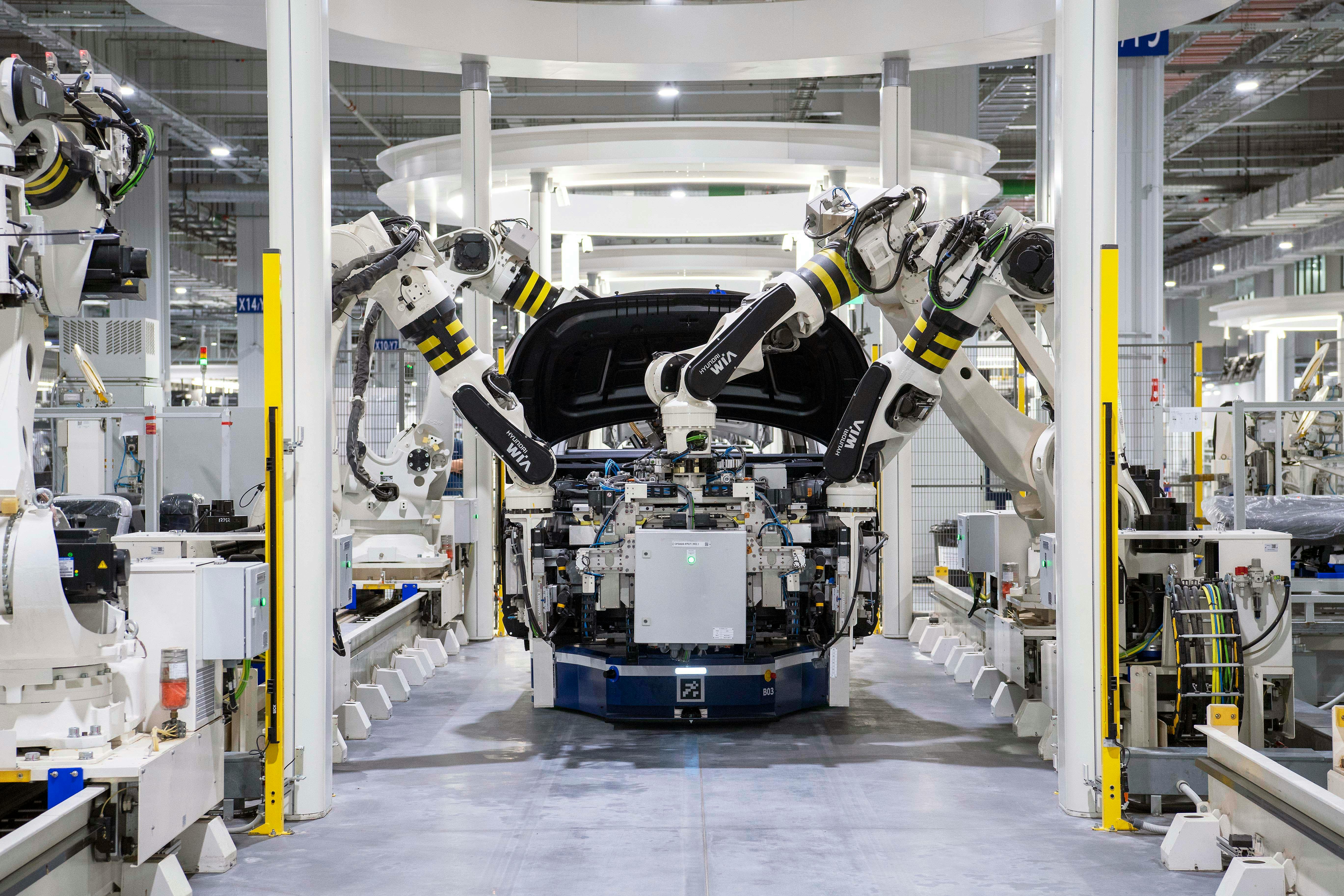Attention Mechanism
Discover how attention mechanisms revolutionize AI by enhancing NLP and computer vision tasks like translation, object detection, and more!
An attention mechanism is a technique used in neural networks that mimics human cognitive attention. It allows a model to dynamically focus on the most relevant parts of the input data when producing an output. Instead of treating all parts of the input equally, the model learns to assign different "attention" scores to each part, amplifying the influence of important information and diminishing the impact of irrelevant data. This capability has been instrumental in improving the performance of models across various domains, from Natural Language Processing (NLP) to Computer Vision (CV).
How Attention Works
At its core, an attention mechanism calculates a set of attention weights for the input. These weights determine how much focus the model should place on each element of the input sequence or image. For example, when translating a long sentence, the model needs to focus on specific source words to generate the correct next word in the translation. Before attention mechanisms, models like traditional Recurrent Neural Networks (RNNs) struggled with long sequences, often "forgetting" earlier parts of the input—a problem known as the vanishing gradient issue. Attention overcomes this by providing a direct connection to all parts of the input, allowing the model to look back at any part of the sequence as needed, regardless of its length. This ability to handle long-range dependencies was a significant breakthrough, famously detailed in the paper "Attention Is All You Need."
Attention Vs. Self-Attention
While often used interchangeably, it's important to distinguish between a general attention mechanism and self-attention.
- Attention typically involves two different sequences. For example, in machine translation, attention maps the relationship between a source sentence and a target sentence.
- Self-Attention operates on a single sequence, allowing the model to weigh the importance of different words or elements within that same sequence. This helps the model understand context, syntax, and relationships, such as identifying that "it" in a sentence refers to a specific noun mentioned earlier. Self-attention is the foundational block of the Transformer architecture.
Real-World Applications
Attention mechanisms are integral to numerous modern AI applications:
- Machine Translation: In services like Google Translate, attention helps the model focus on relevant source words when generating each word in the target language. This greatly improves translation quality and fluency, capturing nuances that were previously lost.
- Object Detection and Computer Vision: Models like Ultralytics YOLO11 can use attention mechanisms to focus computational resources on important regions within an image. This enhances detection accuracy while maintaining the efficiency needed for real-time inference. This is crucial for applications in autonomous vehicles and robotics.
- Text Summarization: Attention helps identify key sentences or phrases in a long document to generate concise summaries, a feature utilized by tools like SummarizeBot.
- Image Captioning: As described in research from Stanford University, models learn to focus on salient objects or regions in an image when generating descriptive text captions.
- Medical Image Analysis: Attention can highlight critical areas in medical scans (like tumors in MRIs) for diagnosis or analysis, aiding radiologists. You can explore examples in public medical imaging datasets.
Platforms like Ultralytics HUB allow users to train, validate, and deploy advanced models, including those incorporating attention mechanisms. Such models often leverage pre-trained model weights available on platforms like Hugging Face and are built with powerful frameworks like PyTorch and TensorFlow. The development of attention has pushed the boundaries of what's possible in machine learning, making it a cornerstone of modern AI research and development at institutions like DeepMind.








.webp)